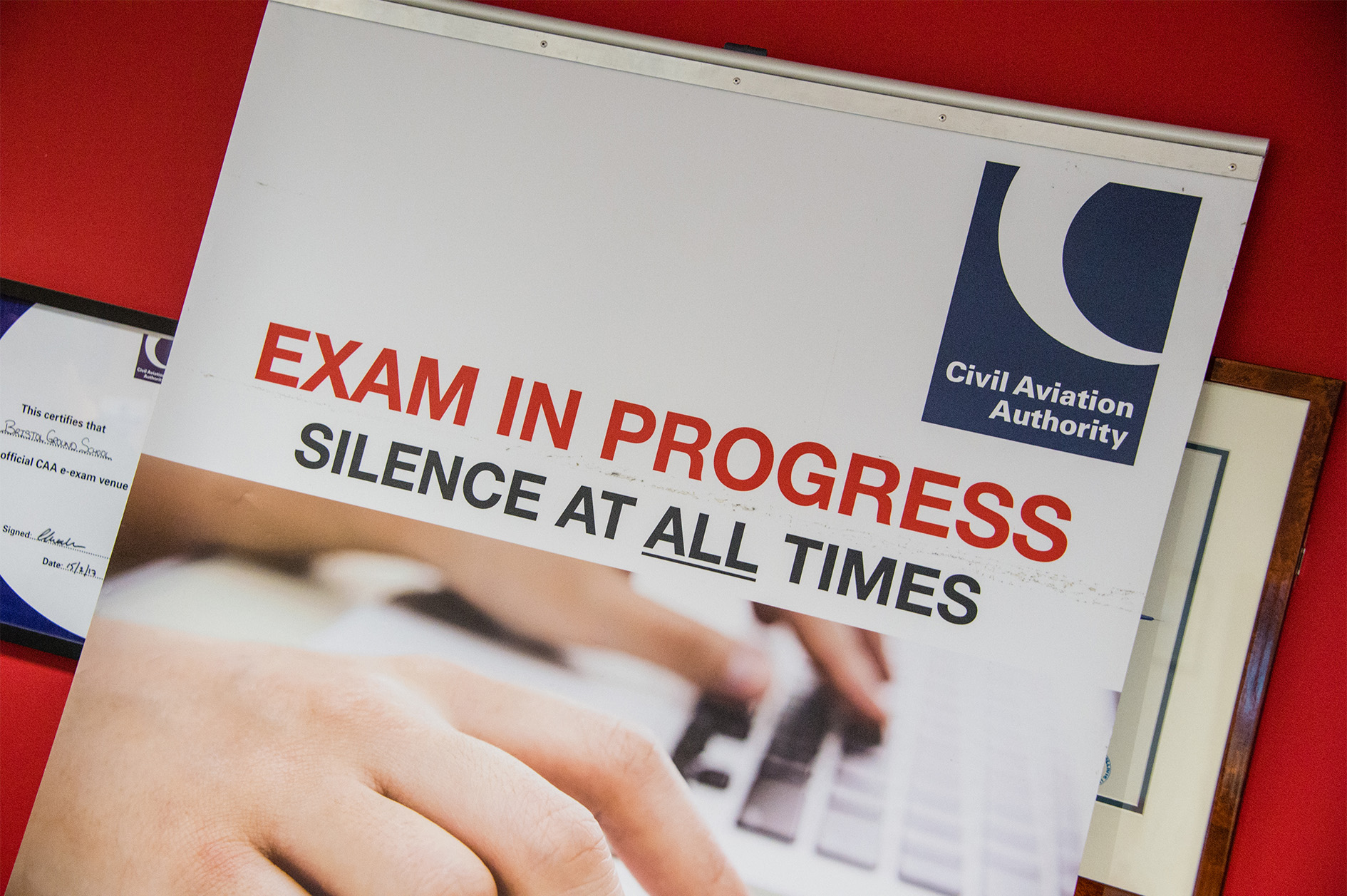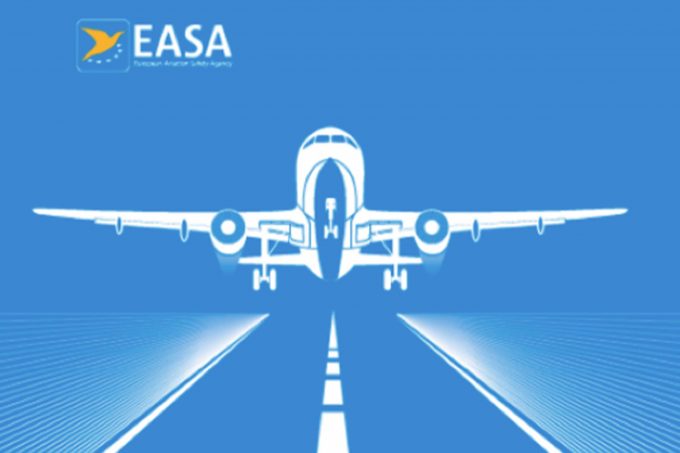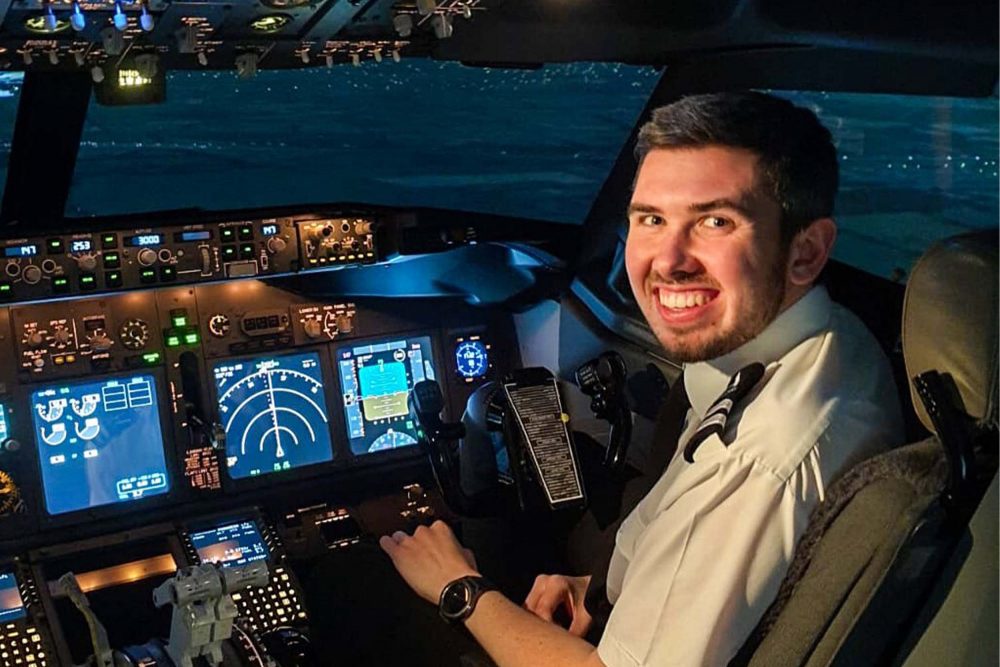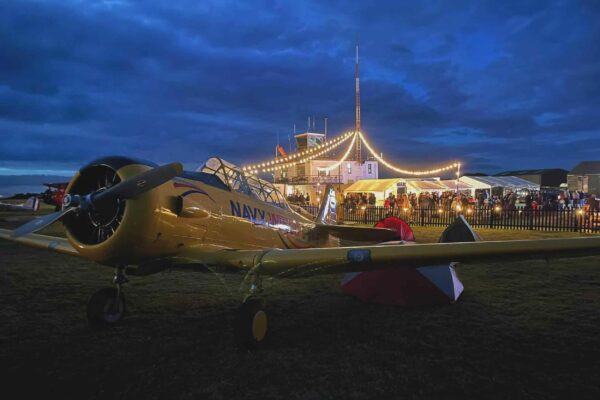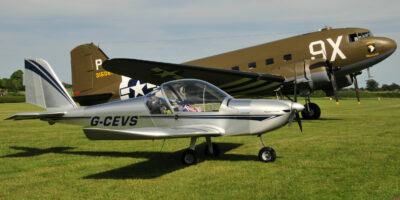Questions, questions…
Want to know what ATPL questions are like? It’s obviously impossible to paint a complete picture, and there are certainly harder (and easier) questions, but we asked training providers to pick out a few for us…
Alex Whittingham from Bristol Groundschool
A question from Operational Procedures…
Q. You are flying to Thessaloniki Airport in Greece. Where would you find information concerning noise abatement procedures for the airfield?
1. ICAO DOC 7030 Regional Supplementary Procedures.
2. Greece AIPs, Part 3 AD 2.21.
3. ICAO PANS-OPS, DOC 8168 Aircraft Operations.
4. Notams.
The correct answer is (2). Although the answer contains some detail, which is in fact correct, the alternatives given mean that you only really need to know that the noise abatement procedures are in the Aerodrome (AD) section of the AIP. This is slightly less than the requirement in the matching Learning Objective (LO) 071 02 04 02 03 which says, ‘State that detailed information about noise-abatement procedures is to be found in Part ‘Aerodromes’ (AD), Sections 2 and 3 of the AIP’, but typical of more recent ATPL exam questions which follow the associated LO quite carefully.
From Performance…
Q. An aircraft has two certified landing flaps positions, 25° and 35°. If a pilot chooses 35° instead of 25°, the aircraft will have:
1. A reduced landing distance and better go-around performance.
2. An increased landing distance and better go-around performance.
3. An increased landing distance and degraded go-around performance.
4. A reduced landing distance and degraded go-around performance.
The correct answer is (4) and actually derives from knowledge that a PPL holder could reasonably be expected to have. (A) That a greater flap setting will reduce the landing distance because (i) the stall speed is reduced and therefore the landing speed lower and (ii) the drag from the flaps helps with the retardation to some extent. (B) That the go-around performance is degraded with large flap settings because the climb gradient comes from the excess of thrust over drag, more drag, poorer climb gradient. The best climb gradients are obtained flapless.
And finally a scenario-based question from an ATO’s internal summative assessment for 100 KSA. KSA is a new requirement for the 2020 syllabus.
Q. Preparing for the final flight of a long, four-sector day with many delays, it becomes apparent that all four cabin crew members will exceed their maximum Flight Duty Period (FDP) before they land back at home base. Commanders Discretion (CD) can be used to extend FDP, thereby allowing duties to be completed.
The Commander must be satisfied that all crew members are fit to fly otherwise CD can’t be used and Company policy dictates non-fit crew members must disembark.
Offloading cabin crew members has implications whereby some of the passengers might also have to be offloaded to preserve the ratio of passengers to cabin crew and in the worst case, the flight might have to be cancelled.
You are the Captain and you gather the crew together to discuss. Upon asking whether everyone feels fit to fly, they all reply ‘Yes’. However one of the crew, Jeremy, has hunched shoulders and is staring at the ground with glazed eyes.
What is the most appropriate course of action?
1. Have a private conversation with Jeremy. Ask open questions as to his wellbeing. Be friendly. Ask enough questions to satisfy yourself that Jeremy is either fit to fly or should be offloaded.
2. All crew said they are fit to fly. Take their word for it and continue with preparations and operate the flight.
3. Ask the Cabin Manager to give Jeremy a cup of coffee. Continue with preparations and operate the flight.
4. Have a private conversation with Jeremy. Tell him he is doing a great job. Continue with preparations and operate the flight.
The correct answer is (1). Body language often indicates a person’s honest opinion/answer/response which may be contrary to what they actually say.
If the body language and verbal communication don’t add up, it is worth digging further. Jeremy may have said ‘Yes’, but his body language didn’t.
Asking open questions and setting a friendly environment will most likely elicit the honest answer and picture of the situation. This question could be used to assess LOs 100 02 01 09, ‘Show the ability to correctly interpret non-verbal communication’ and 100 02 03 03, ‘Show the ability to employ proper problem solving strategies’.
A rotary example from Phil Croucher of Caledonian Advanced Pilot Training
Why should the vertical shaded area of the H/V (Height/Velocity) curve be avoided?
1. There will not be enough speed available to enter into safe autorotation and perform a subsequent engine-off landing.
2. There would be too much turbulence from the main rotors as they overcome parasite drag.
3. There would be too much turbulence from the tail rotor blades as they overcome dissymmetry of lift.
4. The main rotor RPM would be too high for the flare manoeuvre.
The correct answer is (1).The vertical area is the low speed section – it will take at least 250ft to get the airspeed in a Bell 206 up to a point where you can flare and start getting the rotor speed back into the green range.
If the engine fails, you will likely be on the ground before you can even put the nose down due to the machine’s lack of forward momentum and the time available.


